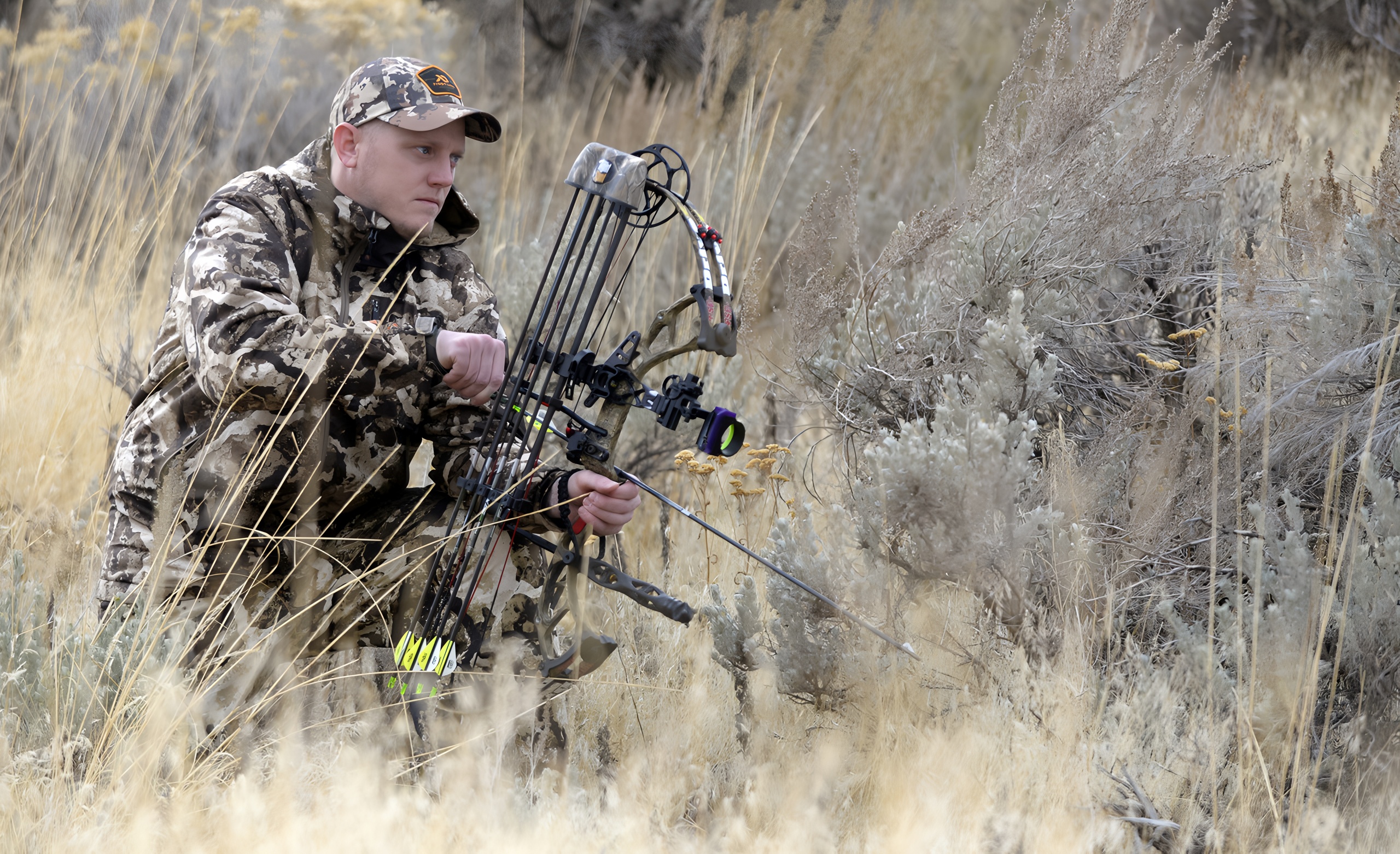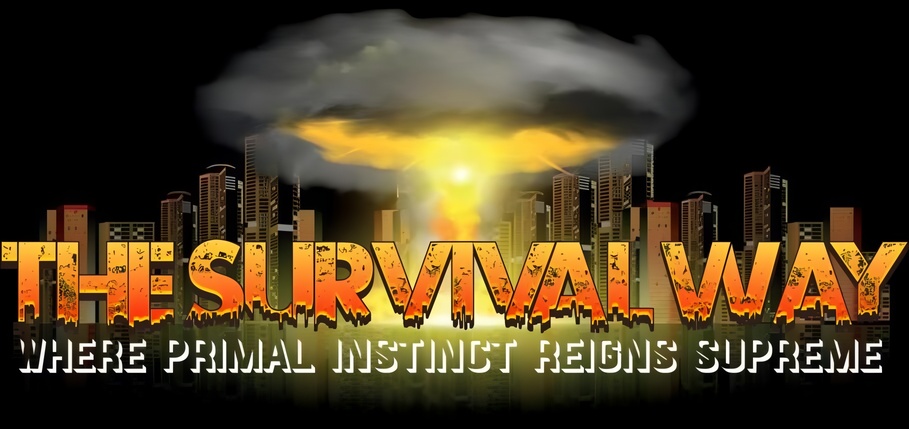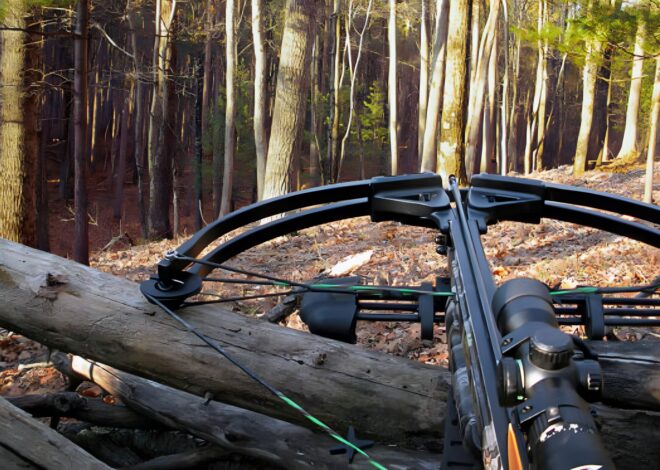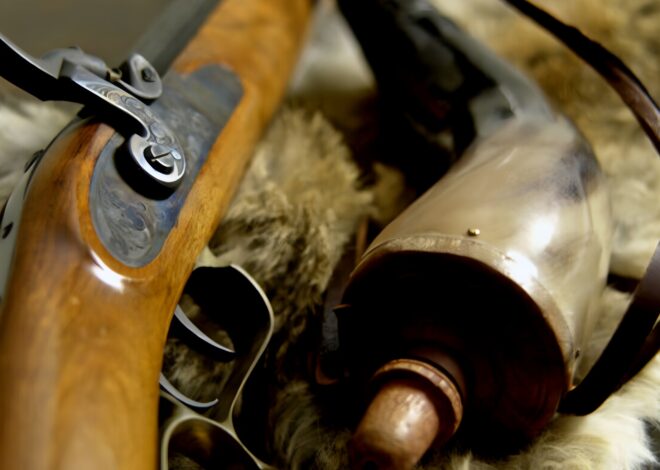
Big Game Hunting With A Bow & Arrow
Big game hunting with a bow and arrow is more than just a sport; it’s an experience that connects you deeply with nature. Imagine the thrill of stalking through densely wooded areas, heart pounding as you spot your target in the distance. The quiet intensity of waiting for the perfect moment to release your shot creates an adrenaline rush like no other.
For many enthusiasts, bowhunting isn’t just about bringing home meat; it’s also about honing skills, practicing patience, and respecting wildlife. This ancient practice has evolved into a refined art form that combines skillful technique with deep reverence for nature.
Whether you’re a seasoned hunter or considering taking up this challenge for the first time, there are countless reasons to explore what big game hunting with a bow and arrow can offer. Let’s dive into this exciting world where precision meets passion!
The Art of Bowhunting
Bowhunting is more than just a sport; it’s an art form that combines skill, patience, and strategy. Each hunt is an opportunity to connect with nature in a profound way. The quiet of the woods becomes your companion as you navigate through diverse terrains. Unlike gun hunting, bowhunting requires intimacy with your target. You must understand animal behavior and habitat.
Mastering shot placement is crucial. A well-placed arrow can mean the difference between a successful harvest and a wounded animal lost to the wilderness. Every draw of the bow demands focus and control—qualities honed over time through practice and experience.
Embracing this ancient method fosters respect for wildlife while promoting conservation efforts. The challenge lies in waiting for that perfect moment when everything aligns: distance, wind direction, and instinctual timing—all essential elements in this remarkable pursuit of big game hunting with a bow & arrow.
Types of Bows Used for Big Game Hunting
When it comes to big game hunting with a bow and arrow, the type of bow you choose can make all the difference. There are several styles suited for various conditions and preferences. Compound bows are popular due to their mechanical advantages.
They provide increased accuracy and power while being relatively lightweight. The cam system allows hunters to hold less weight at full draw, making it easier to aim. Recurve bows offer a more traditional experience. Their simple design is appealing for those who appreciate craftsmanship.
These bows require more strength but deliver smooth shots when mastered. Longbows stand out for their elegance and simplicity. They demand skill and patience but reward the hunter with a deep connection to the art of archery. Each bow type holds unique features that cater to different hunting styles, ensuring every hunter can find their perfect match in the pursuit of big game.
Choosing the Right Equipment
Choosing the right equipment is crucial for a successful big game hunt with a bow and arrow. It all starts with selecting your bow type—compound, recurve, or crossbow. Each has its own strengths and weaknesses that can affect your performance in the field.
Next, consider arrows carefully. The material, weight, and length play significant roles in accuracy and penetration power. Always opt for high-quality options to ensure reliability when it matters most. Don’t forget about broadheads either. Fixed-blade or mechanical broadheads have different uses depending on your hunting style and target species.
Test them out to see which aligns best with your abilities. Invest in essential accessories like sights, quivers, and stabilizers as they enhance precision and comfort during the hunt. Every piece of gear contributes to an enjoyable experience out in nature while increasing your chances of success.
Benefits of Bowhunting for Big Game
Bowhunting for big game offers a unique connection to nature that few other forms of hunting can match. The sheer silence, coupled with the challenge of stalking your prey without the noise of firearms, heightens one’s senses and deepens appreciation for wildlife.
The skill required in bowhunting promotes personal growth. It fosters patience and precision as you learn to master your equipment and understand animal behavior. Moreover, bowhunters often enjoy longer seasons in many regions, providing more opportunities to hunt. This extended timeframe enhances the overall experience of being outdoors. Additionally, bowhunting contributes positively to conservation efforts.
By participating in regulated hunts, hunters play a vital role in wildlife management and maintaining healthy ecosystems. There is an undeniable sense of accomplishment that comes from successfully harvesting big game using traditional methods like bows and arrows; it creates lasting memories that resonate deeply within enthusiasts.
Tips for a Successful Hunt
Preparation is key to a successful hunt. Scout your location well before the season starts. Familiarize yourself with the terrain and identify potential game trails. Practice regularly with your bow to build confidence in your shooting skills.
Aim for accuracy at various distances, simulating real hunting scenarios. Patience plays a crucial role during the hunt. Remain still and quiet, allowing wildlife to adapt to their surroundings without detection. Timing can make or break your experience.
Early mornings and late afternoons are often prime times for big game activity. Maintain awareness of wind direction. Animals rely heavily on their sense of smell; stay downwind whenever possible for better chances of a close encounter.
Safety Precautions and Regulations
Safety is paramount when engaging in big game hunting with a bow and arrow. Before heading out, familiarize yourself with local regulations. Each state has specific laws regarding hunting seasons, allowable species, and licensing requirements.
Always wear appropriate safety gear. A safety harness can be crucial when hunting from an elevated position. Ensure your equipment is in top condition; inspect your bow and arrows regularly to prevent malfunctions during the hunt. Be mindful of your surroundings while in the field.
Maintain awareness of other hunters nearby to avoid accidents. Practice shooting at various distances before your trip to build confidence and improve accuracy. Carry a first-aid kit tailored for outdoor activities. Accidents can happen, even to experienced hunters. Prepare for emergencies by knowing how to use each item inside it effectively.
The Ethics of Bow Hunting:
Bow hunting is more than just a sport; it involves a deep ethical commitment to wildlife and the environment. By adhering to these ethical guidelines, bow hunters can enjoy fulfilling experiences while preserving nature for future generations.
– Fair Chase
Fair chase is a fundamental principle in ethical hunting. It emphasizes respect for wildlife and their habitat, ensuring that the pursuit remains challenging yet humane.
This concept fosters a sense of responsibility among hunters. By adhering to fair chase guidelines, you contribute to sustainable practices that protect animal populations and ecosystems.
Key elements include giving animals a reasonable chance to escape and not using unfair advantages such as baiting or high-tech gadgets. The focus should be on skill, patience, and knowledge of the terrain.
Respecting fair chase enhances the experience. It’s about connecting with nature while upholding integrity in your actions.
This philosophy nurtures a deeper appreciation for wildlife. Engaging ethically enriches every hunt and helps maintain harmony between humans and nature.
– Respect for Wildlife
Respecting wildlife is a cornerstone of ethical bow hunting. Every animal has an essential role in the ecosystem, and understanding this helps hunters appreciate their significance beyond mere targets.
When you step into the wilderness with your bow, it’s crucial to acknowledge that you are a guest in their habitat. This perspective fosters a mindset of conservation and stewardship.
Successful hunts should focus on sustainable practices. Minimize waste by using as much of the animal as possible and ensuring proper methods for field dressing.
Practicing patience also reflects respect for these creatures. A well-placed shot is far more humane than simply aiming for quantity or excitement.
Passing on immature animals allows populations to thrive. By honoring these principles, hunters contribute positively to both wildlife preservation and personal growth within the sport.
Conclusion: Big Game Hunting With A Bow
Big game hunting with a bow and arrow is not just a sport; it’s an experience that connects you deeply with nature. Each hunt requires skill, patience, and respect for the environment. The thrill of tracking your prey, the challenge of getting within range, and the satisfaction of making a clean shot create memories that last a lifetime.
As you embark on your journey in bowhunting, remember to embrace both its challenges and rewards. It’s about more than just filling tags—it’s about understanding wildlife behavior, honing your skills, and engaging responsibly with nature. Whether you’re drawn by tradition or the excitement of the chase, big game hunting can offer profound insights into both yourself and the wilderness around you.
The bond between hunter and nature runs deep when using traditional archery equipment. With every pull of the string comes an opportunity to reflect on our role within these ecosystems. As we pursue big game with bows in hand, let’s ensure we do so ethically—with fair chase principles guiding us—and always respecting wildlife along our path. Happy hunting!



